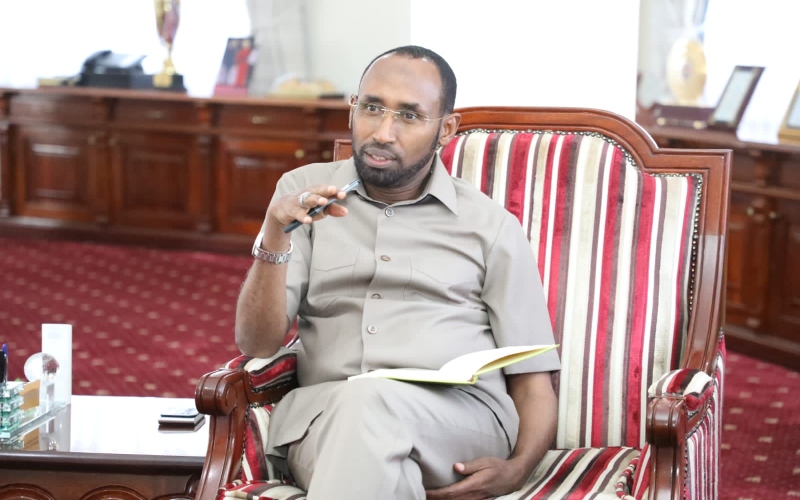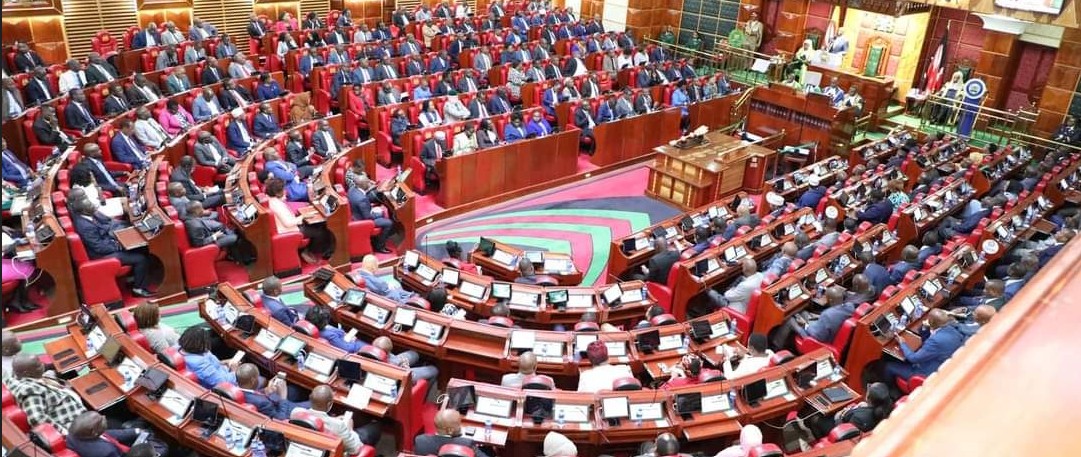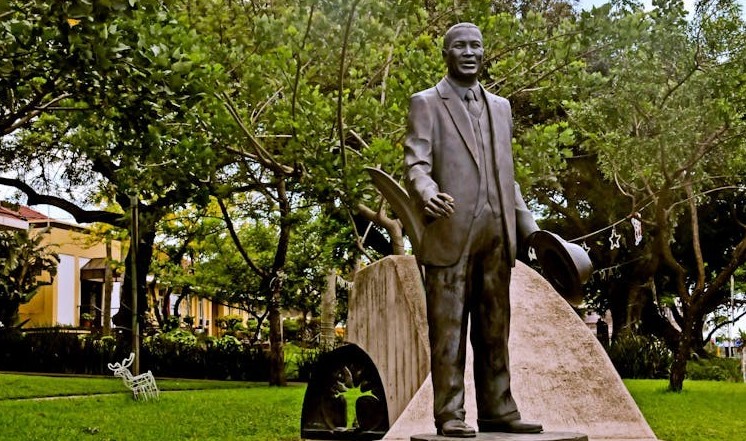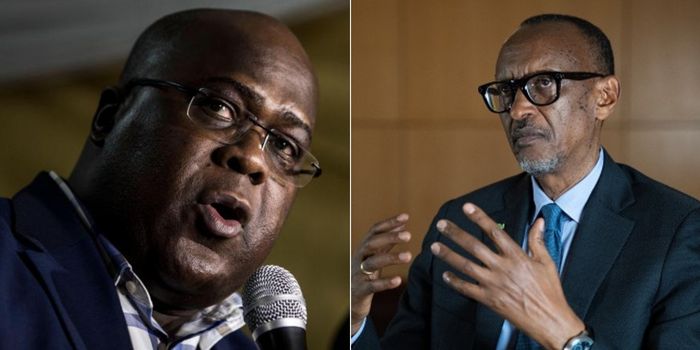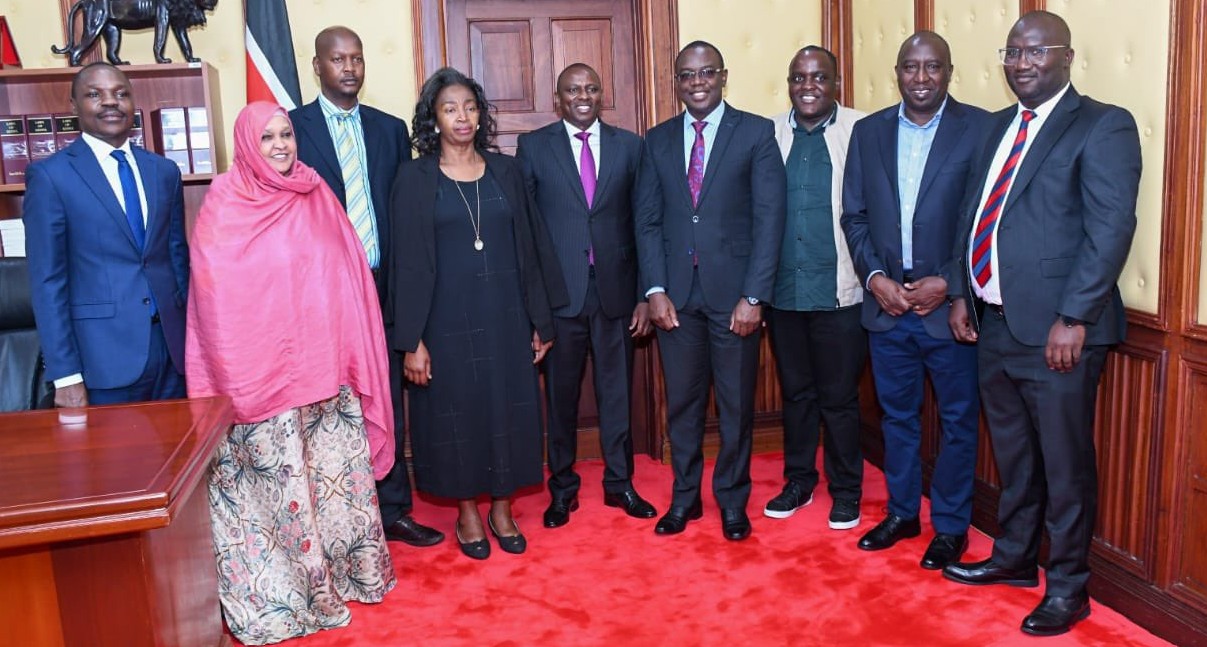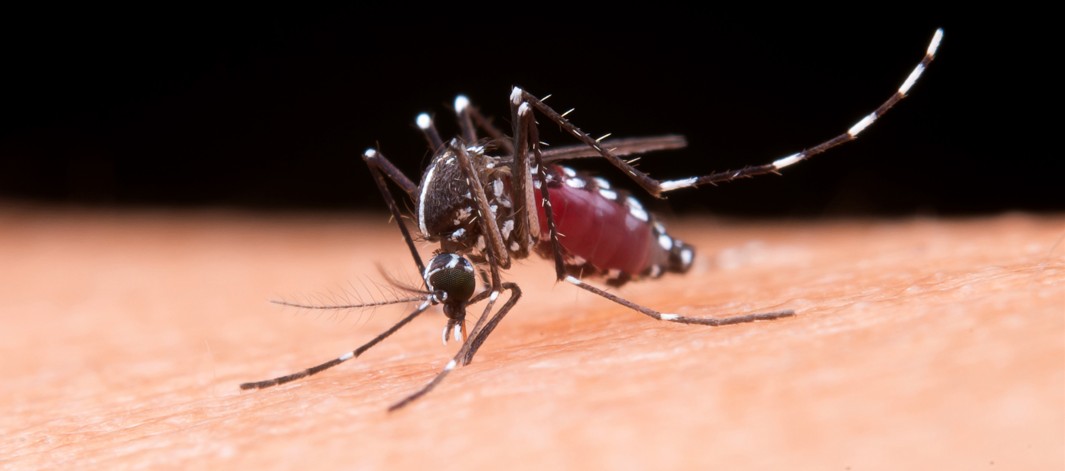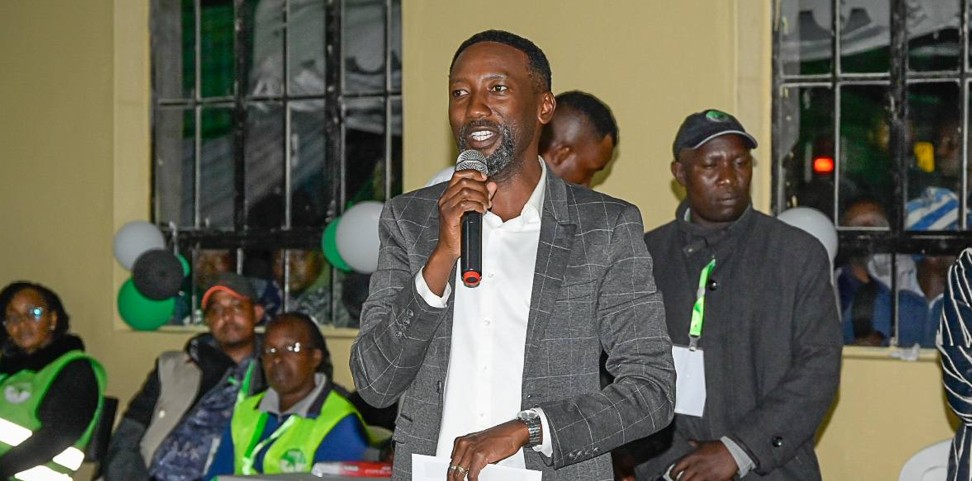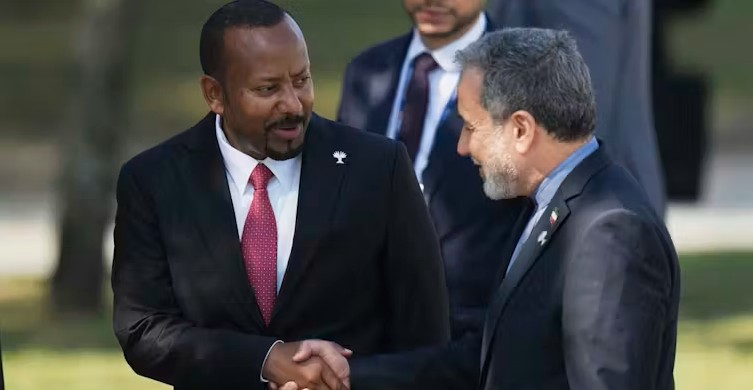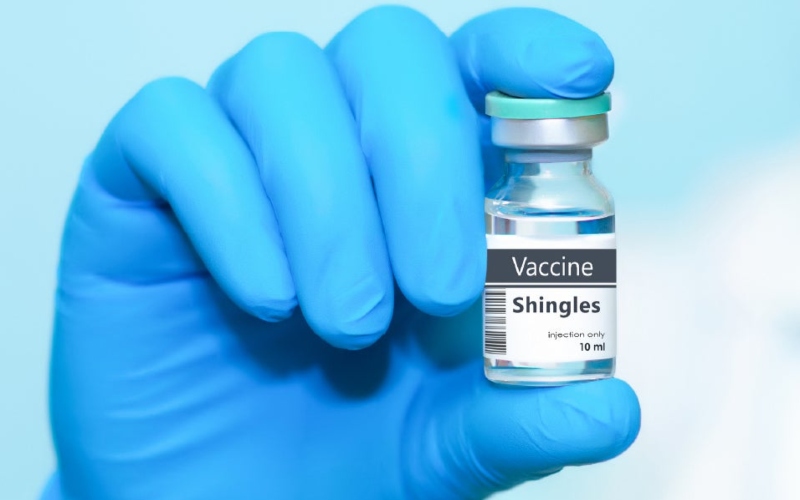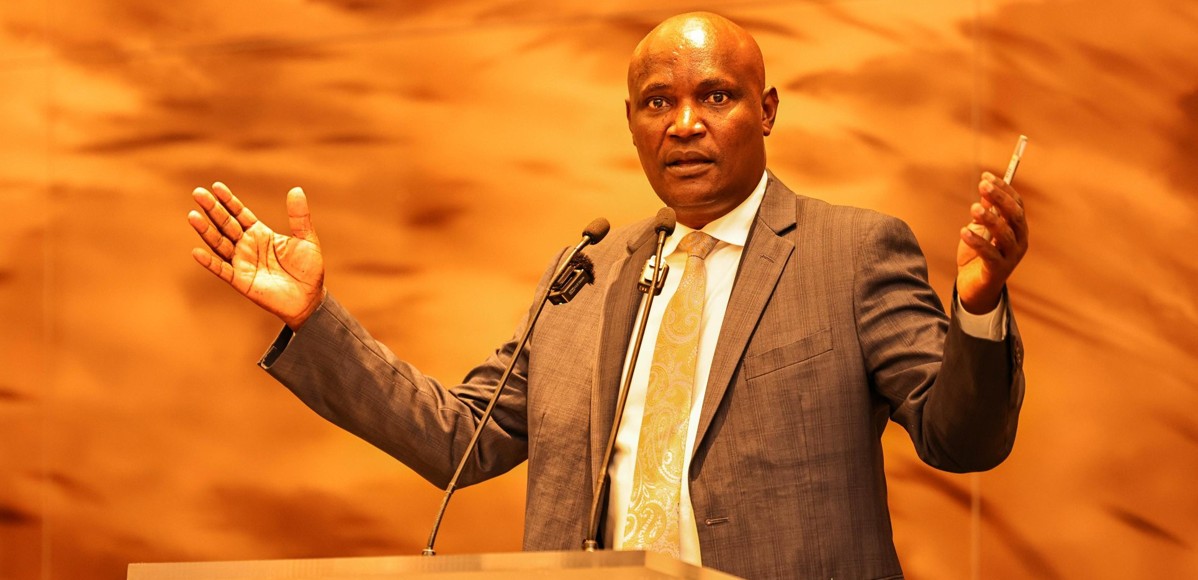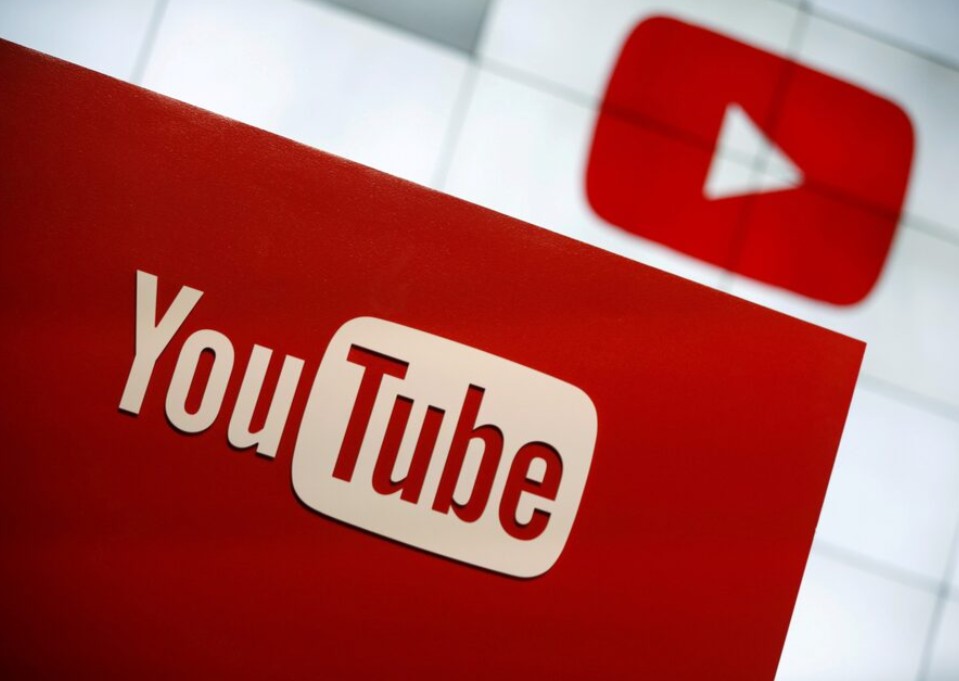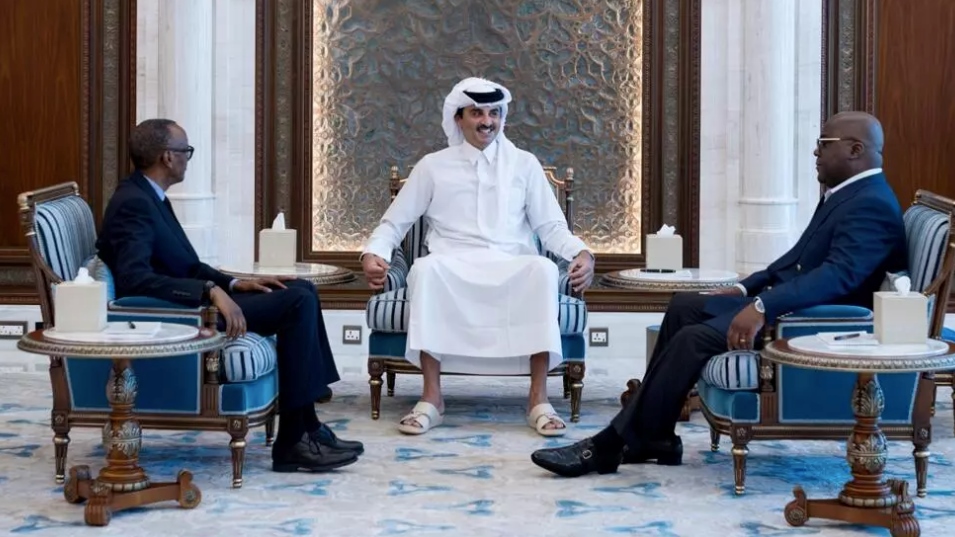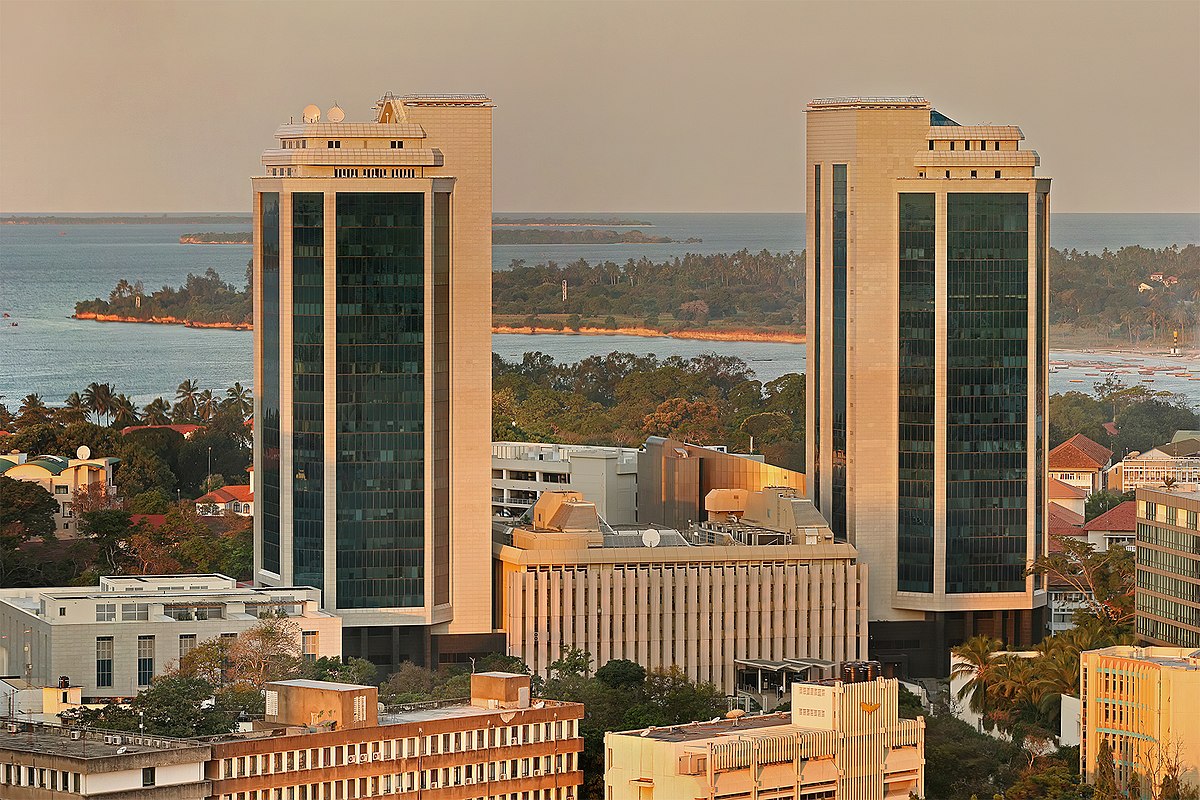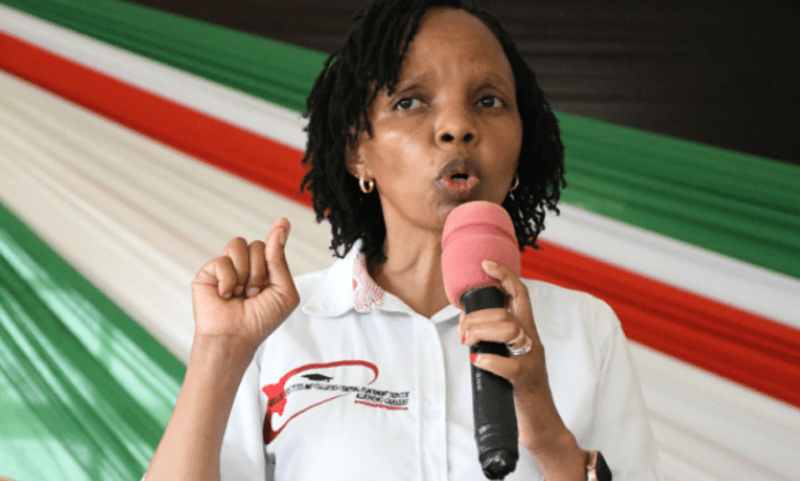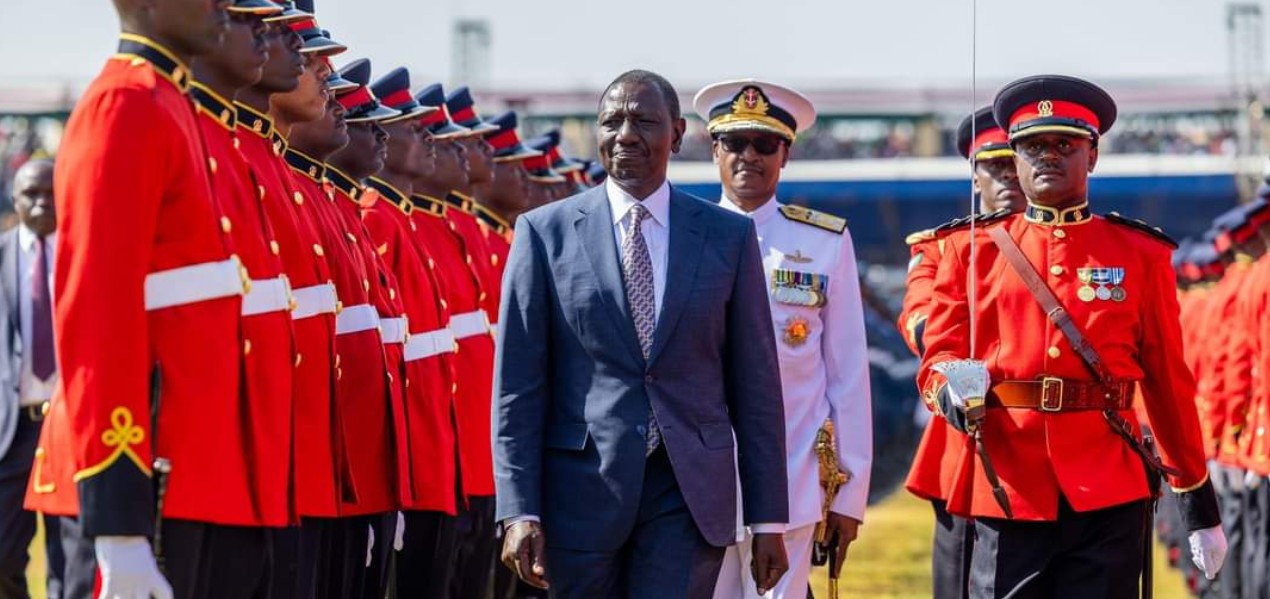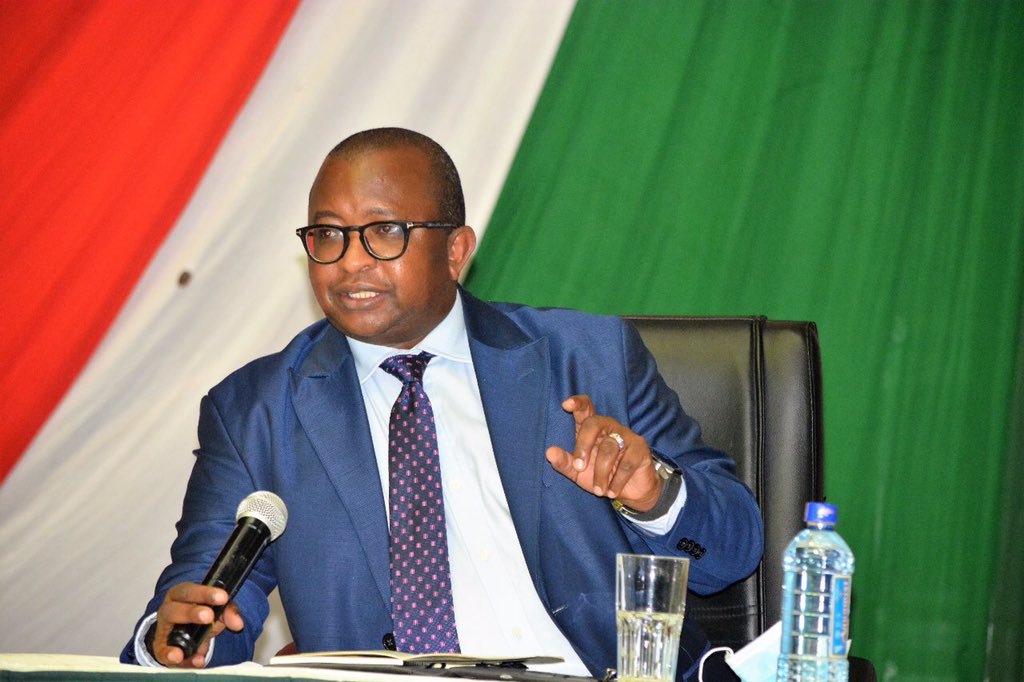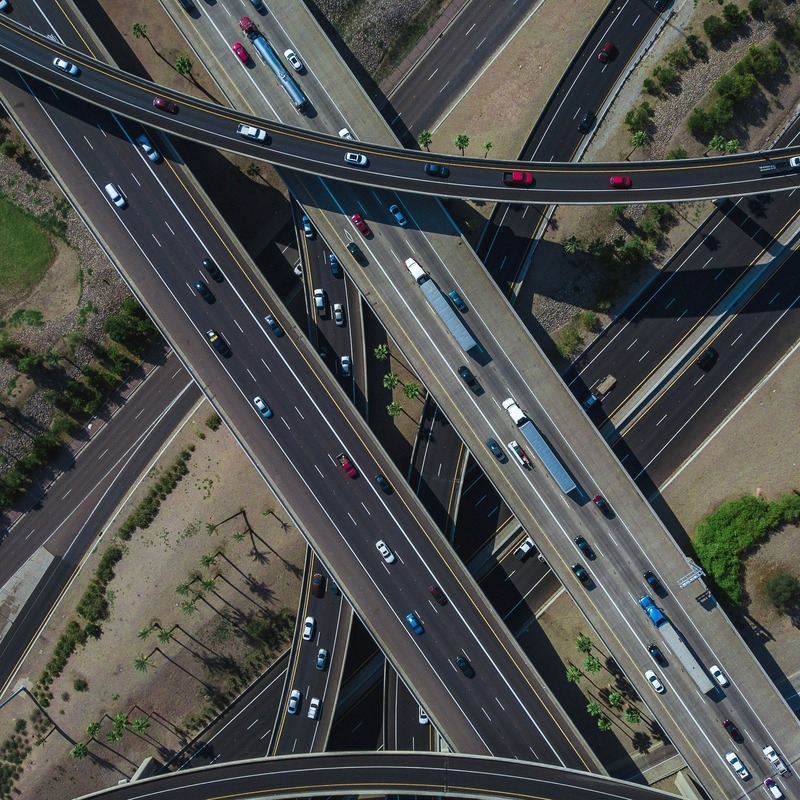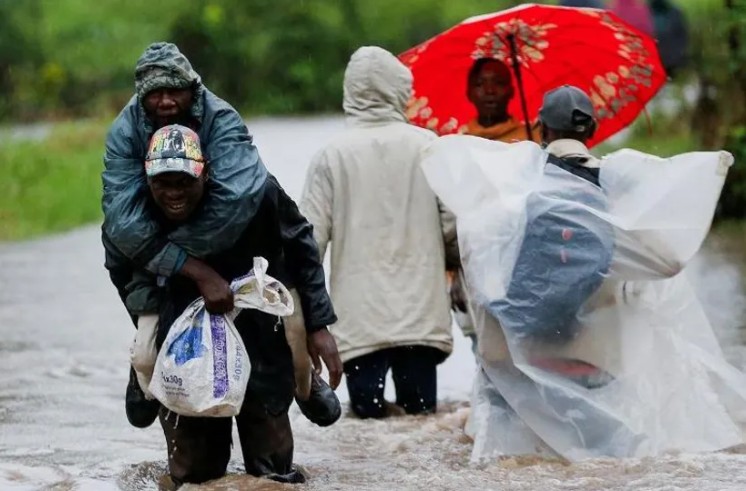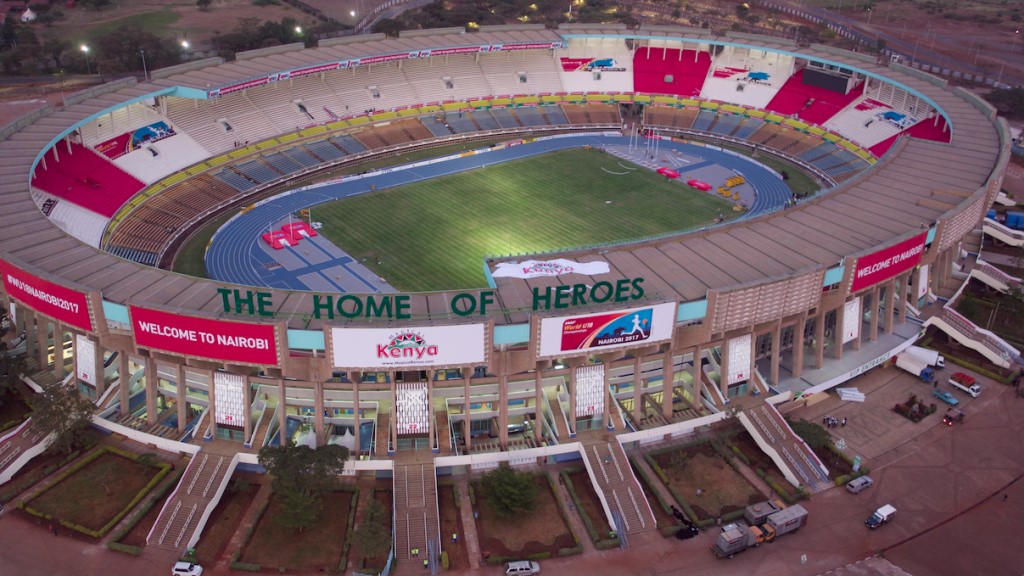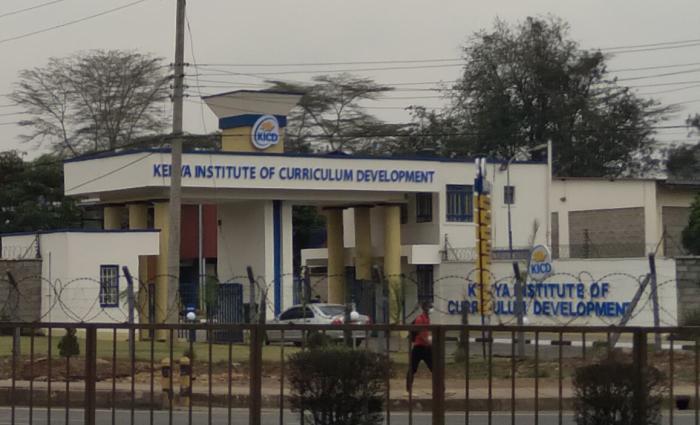EPRA raises LPG entry bar to 30,000 cylinders for dealers to curb cartels
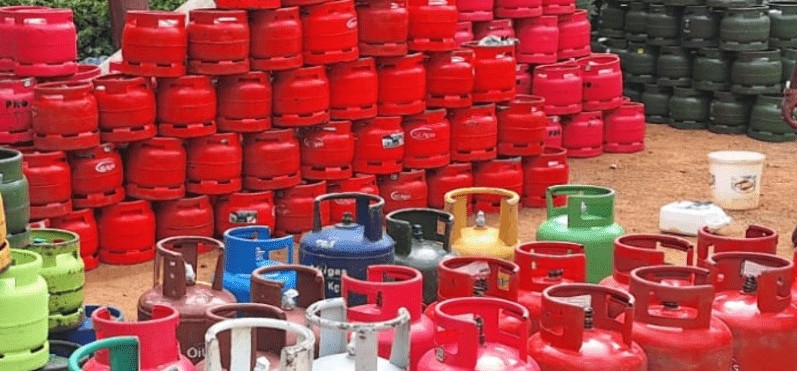
This is a sharp rise from the current threshold of 5,000 cylinders and is expected to shake up the liquefied petroleum gas (LPG) industry by locking out unlicensed dealers, middlemen, and illegal refillers who have taken advantage of weak regulation.
The Energy and Petroleum Regulatory Authority (EPRA) has introduced new rules that require investors seeking to enter the cooking gas business to own at least 30,000 cylinders. This move aims to clean up the sector by pushing out rogue players.
This is a sharp rise from the current threshold of 5,000 cylinders and is expected to shake up the liquefied petroleum gas (LPG) industry by locking out unlicensed dealers, middlemen, and illegal refillers who have taken advantage of weak regulation.
More To Read
- Matatus take EPRA and City Hall to court over ban on passenger pickups at fuel stations
- Tanzania's Taifa Group Limited secures green light for Sh16 billion LPG plant in Kenya
- Fuel prices remain unchanged in November EPRA review
- Africa’s energy mix brightens: Renewables, clean cooking access set to rise by 2035
- Senators grill EPRA over LPG safety, illegal refilling plants
- MPs reject plan to regulate cooking gas imports via open tender system
Under the proposed Petroleum (Liquefied Petroleum Gas) Regulations of 2024, EPRA wants to raise the entry barrier for LPG dealerships to protect legitimate investors and brand owners.
The regulator believes that cartels and undercutting players are eroding trust in the market while exposing consumers to dangerous practices.
“A brand owner shall own a minimum of 30,000 LPG cylinders of either standard capacity,” the regulations state.
This new requirement is part of broader efforts to streamline the industry and curb increasing cases of illegal activities such as cross-filling, where gas dealers refill cylinders belonging to other brands without permission. Such actions, EPRA says, not only result in losses for investors but also pose serious risks to households due to poor safety standards.
The use of cooking gas has grown steadily, with last year’s usage hitting 414,880 tonnes — a 15.1 per cent increase from 360,590 tonnes recorded in 2023. This rising demand has attracted a wide range of players, including those operating outside the legal framework.
Illegal refillers have been blamed for a surge in gas leaks and explosions, especially in urban areas, leading to growing concerns over safety. Many licensed dealers have voiced frustration over the presence of a thriving black market that not only leads to a loss of revenue but also risks consumer lives.
To give existing businesses a chance to comply, EPRA says dealers with less than 30,000 cylinders will be allowed up to three years to gradually build up their stock. This transition period is intended to prevent abrupt market disruption while encouraging legal compliance.
The 30,000-cylinder rule will replace the current threshold introduced in 2019 and is expected to match the growth of the gas sector, which continues to attract both local and foreign investment.
The government's efforts to increase cooking gas use include the removal of key taxes two years ago—among them the eight per cent VAT, the 3.5 per cent Import Declaration Fee, and the 2.5 per cent Railway Development Levy. These measures were expected to lower prices and encourage more households to switch to LPG.
However, despite the tax cuts, prices have not dropped as hoped.
A 13-kilogramme gas cylinder was selling for an average of Sh3,146.03 last month, compared to Sh2,787.83 in June 2023 before the tax waivers were implemented.
Foreign companies have also shown interest in setting up import and storage facilities to support LPG supply. Among them are Lake Oil and Taifa Gas, both owned by Tanzanian investors, and Nigeria’s Asharami Synergy, which is in talks with the government to invest in a Sh17.7 billion facility in Mombasa.
Top Stories Today
